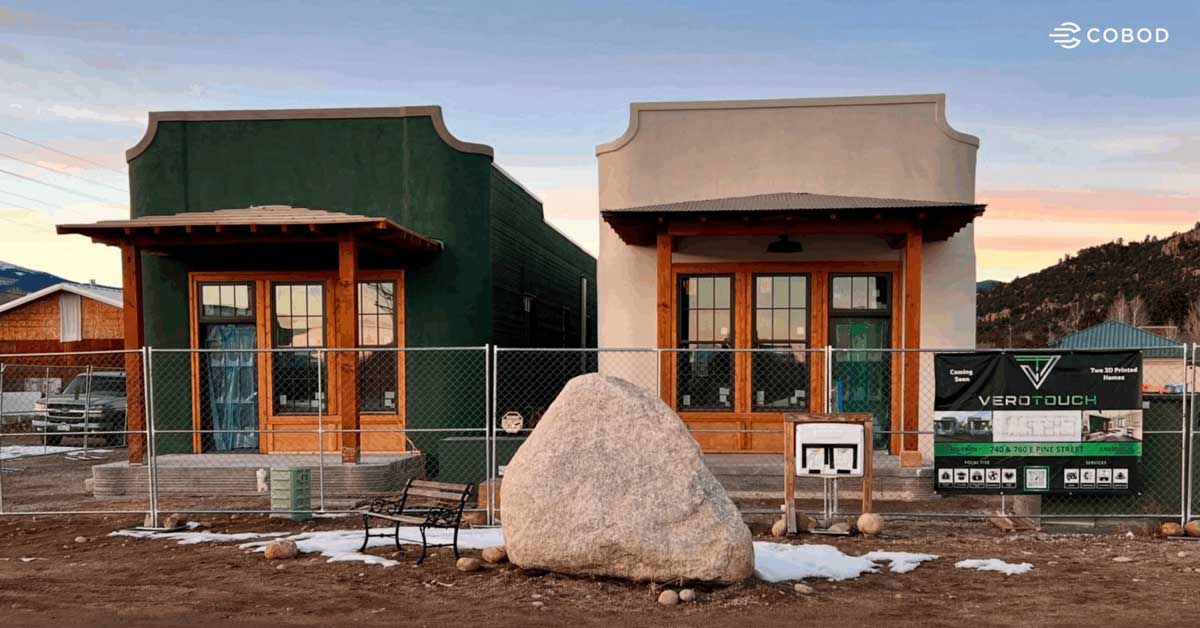Conservation and restoration projects are happening across the country to help protect national parks, historic sites, and seashores.
These projects focus on wide-ranging goals, including managing feral pig populations, reseeding grasslands, and cleaning up abandoned mines.
The projects are possible due to the Inflation Reduction Act. The law passed in August 2022 and funds the National Park Service with $700 million to make its land more protected and resilient to inevitable climate change.
Our partners at Stacker reviewed an NPS database of all the projects underway to highlight a few that will help our federal lands weather the climate-changed future.
"Visitors see what's happening now in parks," according to Chad Lord, senior director for the National Parks Conservation Association.
"So if you go to parks in the inner mountain west, for example, you're going to see a lot of dead trees because of drought or invasive pests. If you go to the forests in the north, you're going to begin to see that there are fewer species of trees that are traditional. The landscapes are changing."
The NPCA is a nonprofit organization that works with local national park staff to create consensus about how to protect parks from the worst effects of climate change.
He says the Inflation Reduction Act is just scratching the conservation surface.
"It's doing a lot of good work in the short term in a lot of places across the country. And so, there'll be a lot of activity that will be undertaken if it hasn't already begun in parks all over the country to get ready," Lord said.
"The Inflation Reduction Act does not meet the entire need of how much the parks need to prepare. So we still know there's quite a bit of work left."
Here are four conservation projects and how they're being implemented at national parks, historic sites, and national seashores across the country:
Whitebark pine protection and restoration

The whitebark pine tree is a slow-growing pine with scraggly branches that grows natively in the mountain regions of Yellowstone National Park, Yosemite National Park, and other federally protected parks and land.
Climate change increases the daily average temperatures of these cool-weather parks, making these trees more susceptible to bugs such as the pine beetle.
The whitebark pine is now a threatened species on the Endangered Species list.
The $2.25 million from the Inflation Reduction Act will protect existing trees and restore whitebark pines where they once grew.
This includes a seed-keeping project to plant more species resistant to blister rust disease.
Protecting coral from disease

A significant issue found at Dry Tortugas National Park, the Virgin Islands National Park, and four other national parks that manage coral reefs is stony coral tissue loss disease.
This disease can infect and kill an entire colony of coral in just three weeks.
A $5.3 million project funded through the Inflation Reduction Act mitigates the loss of coral infected by the disease.
The treatment is a paste full of amoxicillin — the same antibiotic humans use to treat pneumonia.
This amoxicillin paste stops the disease from spreading and can save up to 85% of an infected coral.
Some national parks have created programs that allow volunteers to give infected coral this life-saving application.
Studying fish in warming streams

Driving on the Great Smoky Mountains Expressway gives riders a parallel view of the nearly 2,900 miles of clear water streams that flow through the Great Smoky Mountains National Park.
Many people also visit the country's most visited national park to fish for wild trout, but climate change is warming the temperatures of the streams, which alters the species of fish that can survive in the water over time, according to Lord.
These changes affect not only the natural environment but also the outdoor recreation economy built around cold-water fishing in the area.
The Inflation Reduction Act includes a $1.84 million project to study the effects of warming streams in the Smoky Mountains and three other parks.
Cultural resource management

"Unlike wildlife or a tree species which can move over time, cultural resources, whether or not that's a lighthouse or a home or an important structure, they are locked on the landscape," Lord said.
He notes that NPS is working to figure out what to do about the increased risk of flooding along rivers or increased sea levels near the shores in places with buildings of national importance.
A total of $21.6 million is earmarked for projects that would help make these places of cultural importance more resilient.
One $2.5 million project provides care to Alaskan communities and parks. According to the NPS, Alaska has seven out of the 10 largest parks in the system, including Wrangell-St. Elias National Park and Gates of the Arctic.
Parks in Alaska altogether make up 65% of all national parkland.
At the same time, Alaska is home to hundreds of Indigenous communities caring for an environment that is warming twice as fast as the global average, making these funds critical for the future.
This article was originally published by Stacker and was republished with permission.
Header image by Chip Somodevilla on Getty Images





